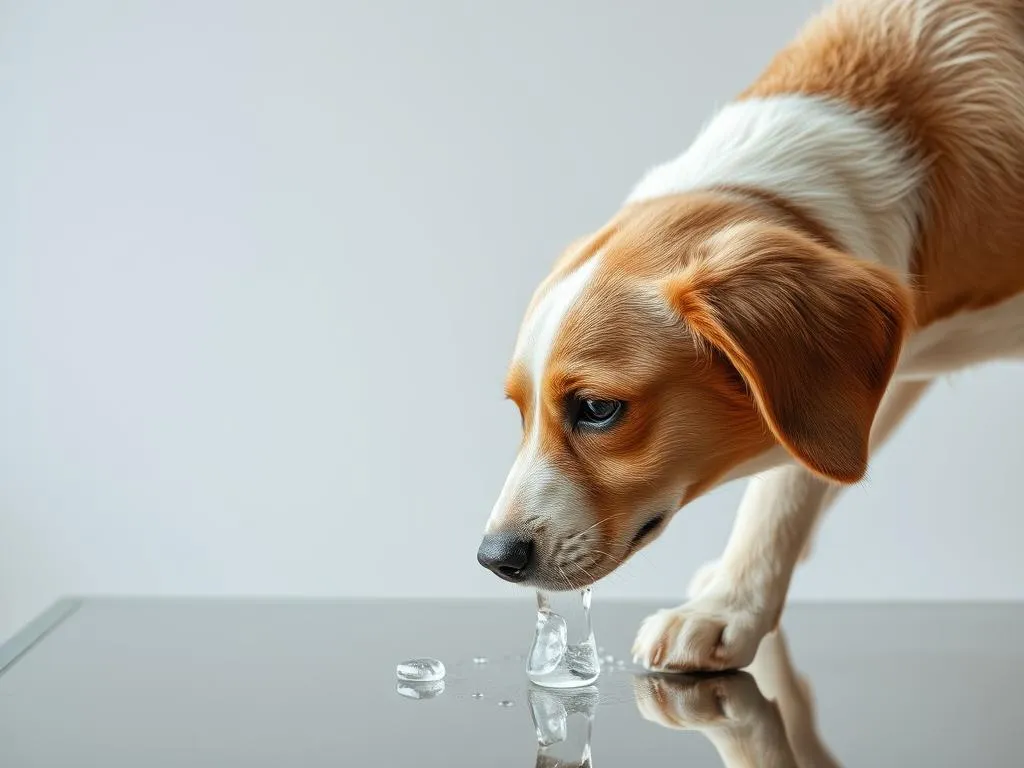
Introduction
As a pet owner, ensuring the health and safety of your furry companion is paramount. Every day, dogs face various risks that can lead to injuries, and one of the more concerning scenarios is when a dog stepped on glass. Statistics show that glass-related injuries are not uncommon, especially for adventurous dogs exploring their environments. This article aims to provide comprehensive guidance on what to do if your dog steps on glass, emphasizing the importance of prompt action and veterinary care.
Understanding the Risks of Glass Injuries
Types of Glass Injuries
When a dog stepped on glass, the results can vary in severity. Here are the primary types of injuries that can occur:
- Cuts and Lacerations: These are the most common injuries, which can range from minor scrapes to deep cuts requiring stitches.
- Embedded Glass Shards: Sometimes, the glass can become lodged in the paw, necessitating careful extraction.
- Potential for Infection: Any wound can become infected if not treated properly, leading to more severe health issues.
Common Scenarios Leading to Glass Injuries
Understanding the environments where these injuries commonly occur can help you keep a watchful eye. Here are some typical scenarios:
- Outdoor Environments: Dogs often tread on broken glass at parks, beaches, or during hikes, where glass can be hidden among natural debris.
- Home Accidents: Accidental breakage of glass items at home, such as mirrors or bottles, can pose a risk when dogs are nearby.
- Dog Behavior: Dogs that dig or play roughly may inadvertently come into contact with sharp objects, including glass.
Immediate Actions to Take
Assessing the Situation
The first step after realizing your dog stepped on glass is to assess the situation. Look for signs of injury, including:
- Bleeding: Check if the paw is bleeding and the extent of the bleeding.
- Limping: Notice if your dog is limping or favoring a particular leg.
- Pain Response: Observe your dog’s behavior for signs of pain, such as whining or yelping when the paw is touched.
First Aid Steps
Once you have assessed the injury, you need to take immediate action:
-
Approach the Dog Safely: Stay calm and approach your dog slowly. Offer comfort, but be aware that they may be in pain and could react defensively.
-
Cleaning the Wound: Gather the following materials:
- Clean water or saline solution
- Non-stick gauze
- Antibiotic ointment (if advised by a veterinarian)
Step-by-step instructions:
– Gently rinse the wound with clean water to remove debris.
– Pat the area dry with a soft cloth or gauze.
– Apply a thin layer of antibiotic ointment if recommended.
-
Applying Pressure: If there’s bleeding, use a clean cloth to apply gentle pressure on the wound for several minutes until the bleeding stops.
-
Avoid Removing Embedded Glass: If you see glass shards embedded in the paw, do not attempt to remove them yourself. This could cause further injury or infection.
When to Seek Veterinary Care
Signs That Require Immediate Veterinary Attention
Certain signs indicate that your dog needs professional medical help:
- Excessive Bleeding: If the bleeding does not stop after several minutes of applying pressure.
- Shock Symptoms: Look for signs of shock, such as pale gums, rapid breathing, or weakness.
- Severe Pain: If your dog shows signs of severe pain, such as whining excessively or refusing to put weight on the injured leg.
- Presence of Glass Shards: If there are visible shards that cannot be safely removed at home, seek immediate veterinary care.
What to Expect at the Vet
When you take your dog to the veterinarian, they will typically perform the following:
- Examination Process: The vet will assess the injury, checking for glass shards and evaluating the extent of the cuts or lacerations.
- Possible Treatments: Treatment may include cleaning the wound, stitching it up, administering pain relief, or prescribing antibiotics to prevent infection.
- Follow-up Care: After the initial treatment, your vet will provide guidelines for follow-up care, including how to monitor for signs of infection.
Preventing Glass Injuries in the Future
Creating a Safe Environment
To help prevent future incidents, consider the following tips for creating a safer home environment:
- Keep Hazardous Materials Away: Store glass items securely and avoid leaving broken glass on the floor.
- Training Dogs: Teach your dog to avoid dangerous areas where glass may be present, reinforcing positive behaviors.
Awareness During Outdoor Activities
Being vigilant during outdoor activities is crucial:
- Monitor Dog Behavior: Always watch your dog, especially in unfamiliar areas or places where broken glass is a possibility.
- Recognize Hazards: Learn to spot potential dangers while out walking or playing with your dog, and steer clear of glass-laden areas.
Understanding Recovery and Aftercare
Caring for Your Dog Post-Injury
Once your dog has received treatment for a glass-related injury, proper aftercare is essential:
- Pain Management: Follow your vet’s instructions for administering any prescribed pain relief.
- Wound Care: Keep the wound clean and dry. Change dressings as directed, and avoid letting your dog lick the wound.
- Signs of Infection: Watch for symptoms such as swelling, redness, or discharge from the wound, which may indicate infection.
Reintroducing Activity
Gradually reintroduce normal activities for your dog:
- Guidelines for Activity: Follow your vet’s recommendations on when to resume regular walks and playtime. Start with short, gentle walks and monitor your dog’s comfort level.
- Importance of Follow-Up Visits: Schedule any follow-up vet visits as recommended to ensure proper healing and address any concerns.
Conclusion
In conclusion, knowing what to do if your dog stepped on glass is crucial for every pet owner. Immediate response, understanding when to seek veterinary care, and preventing future injuries can significantly impact your dog’s health and well-being. Being proactive in dog health care not only protects your furry friend but also strengthens the bond you share during their recovery journey. Remember to remain vigilant and compassionate, ensuring that your dog receives the best possible care at all times.









